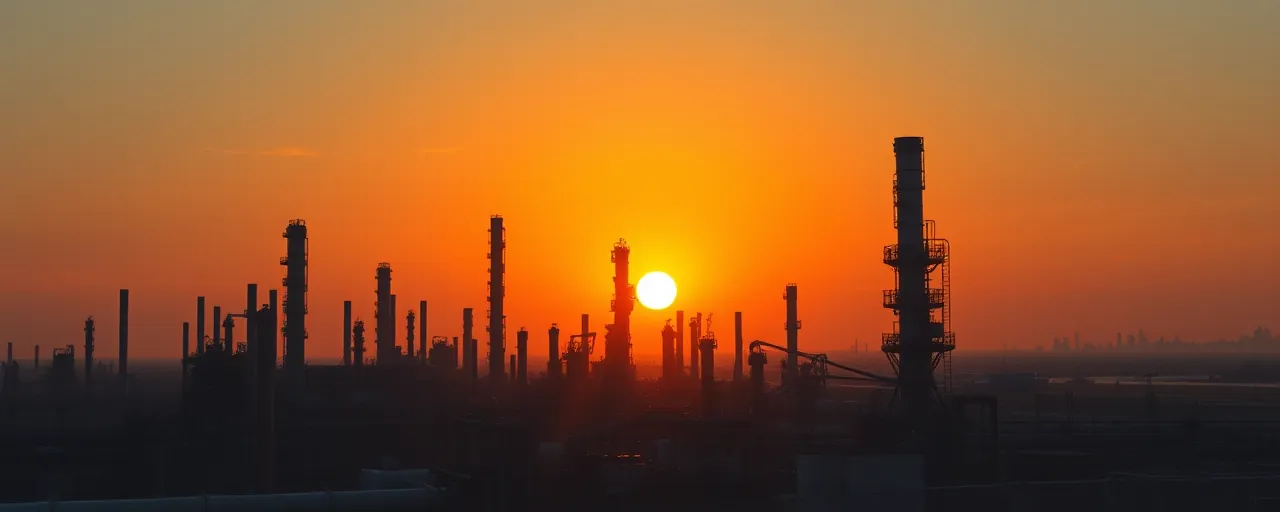A Bold Move on Energy Rules
A sweeping executive order landed on April 9, 2025, shaking up the world of energy regulation in the United States. Signed by President Donald Trump, it directs a host of federal agencies to slap expiration dates on rules governing everything from oil drilling to nuclear power. The idea? Force a regular rethink of policies that, according to the White House, have piled up like old newspapers, stifling progress and innovation. It’s a plan that’s already sparking heated debates across the country, from boardrooms to backyards.
At its core, the order targets what some see as a bloated bureaucracy. The Code of Federal Regulations, a massive tome of agency rules, has ballooned to nearly 200,000 pages, with energy policies making up a hefty chunk. The White House argues these layers of red tape trap the nation in an outdated energy landscape, one that fails to keep pace with today’s needs. By setting regulations to sunset unless agencies justify keeping them, the administration hopes to jolt the system into action and clear a path for fresh ideas.
How It Works in Practice
The mechanics are straightforward but far-reaching. Existing energy rules from agencies like the Department of Energy and the Environmental Protection Agency will lapse after one year unless renewed through a public review process. New rules can’t stick around longer than five years without a similar checkup. Agencies have to weigh costs and benefits, inviting input from everyday people and industry players alike, before deciding a regulation’s fate. It’s a system designed to keep rules relevant, not permanent.
Take the Department of Energy, for instance. Its regulations, tied to laws like the Energy Policy Act of 2005, cover everything from appliance efficiency to nuclear safety. Under this order, those rules now face a ticking clock. The Federal Energy Regulatory Commission and the Bureau of Land Management are in the same boat, overseeing natural gas pipelines and public land drilling. Supporters say this forces agencies to prove their rules still make sense; skeptics worry it could unravel decades of careful policy.
The Promise of Progress
For those backing the move, it’s a long-overdue fix. Business leaders in the energy sector, particularly in oil and gas, cheer the chance to shed rules they call outdated. They point to compliance costs, which can run into billions, as a drag on investment and job growth. The American Petroleum Institute, a key industry voice, has long argued that lighter regulation could unlock domestic energy production, potentially lowering prices at the pump or on utility bills. In a country where energy drives so much of daily life, that’s a tangible upside.
Historical echoes back this up. In the 1980s, President Ronald Reagan slashed EPA budgets and eased pollution controls, a move hailed by businesses as a boost to economic freedom. Today’s order takes a similar tack, betting that less oversight will spark innovation, especially in fossil fuels. State-level successes, like Texas’s thriving wind farms under looser federal reins, suggest deregulation can coexist with growth in some sectors. The question is whether this federal push will deliver the same punch.
Risks on the Horizon
Not everyone’s sold. Environmental groups and public health advocates see a darker side. They argue that letting regulations lapse could greenlight more pollution, hitting communities near power plants or drilling sites hardest. The rollback of the Clean Power Plant Plan earlier this year, which aimed to slash coal emissions, already stirred similar fears, with estimates pegging its cost savings at $15 billion but its health risks in the millions of lost breathable days. This order could amplify that trend.
Renewable energy players feel the heat too. Federal incentives, like tax credits for solar panels, have taken hits under recent policy shifts, slowing a sector that’s still finding its footing. Analysts note that while states like California keep pushing clean energy with local rules, federal uncertainty rattles investors. The order’s focus on pruning rather than planting new policies leaves some wondering if it’ll choke off greener options just as they’re starting to bloom.
A Tug-of-War Over Influence
Behind the scenes, powerful voices are shaping the fight. Fossil fuel companies, which shelled out $72 million lobbying Congress last year, have a clear stake in lighter rules. Their trade groups frame it as a win for jobs and energy independence. On the flip side, renewable advocates and environmentalists press for tighter standards, arguing the long-term costs of deregulation outweigh short-term gains. It’s a clash that’s played out before, from the Clean Power Plan battles to Reagan-era showdowns, and it’s nowhere near settled.
Legal questions loom large too. Executive orders like this one, which flex presidential muscle over agencies, often end up in court. Opponents say it oversteps, meddling with independent bodies like the EPA. Supporters counter that it’s within the president’s toolkit to steer policy. Either way, the uncertainty could tie up businesses and regulators alike, leaving them guessing until the dust settles.
What It All Adds Up To
This executive order isn’t just paperwork; it’s a gamble on America’s energy future. It promises leaner government and a freer market, potentially easing burdens for companies and consumers. Yet it risks unraveling protections that took years to build, leaving gaps that might not be filled in time. The public’s split, with some eyeing cheaper energy and others bracing for dirtier air. Data backs both sides: deregulation has cut costs before, but rollbacks have also spiked emissions.
Where it lands depends on execution. Agencies face a tightrope walk, balancing rigorous reviews with the clock ticking down. For people new to this debate, it’s less about politics and more about what hits home: gas prices, power bills, or the air they breathe. As the first sunset dates creep closer, the real-world fallout will start to show, proving whether this bold stroke lights a fire under innovation or just leaves chaos in its wake.
